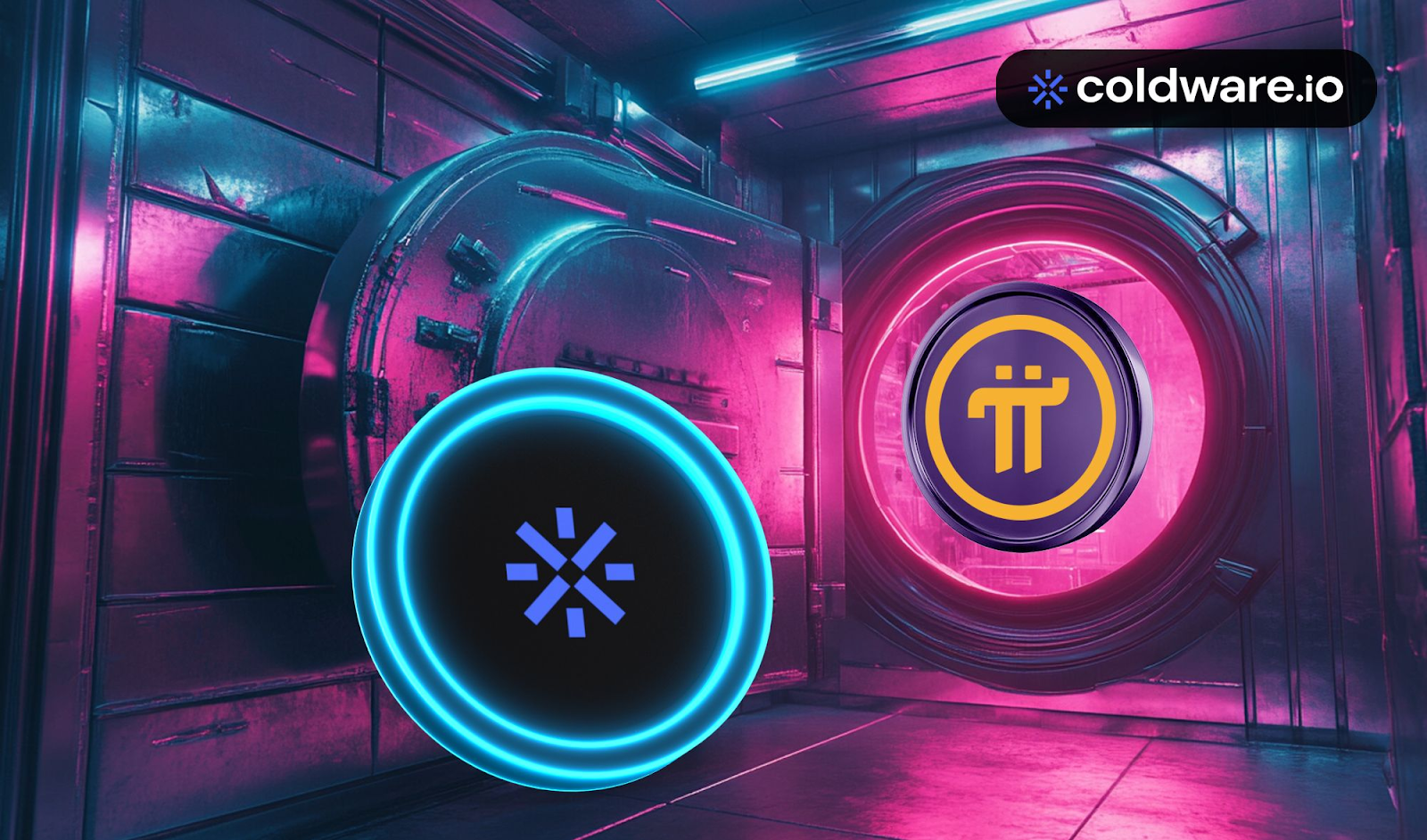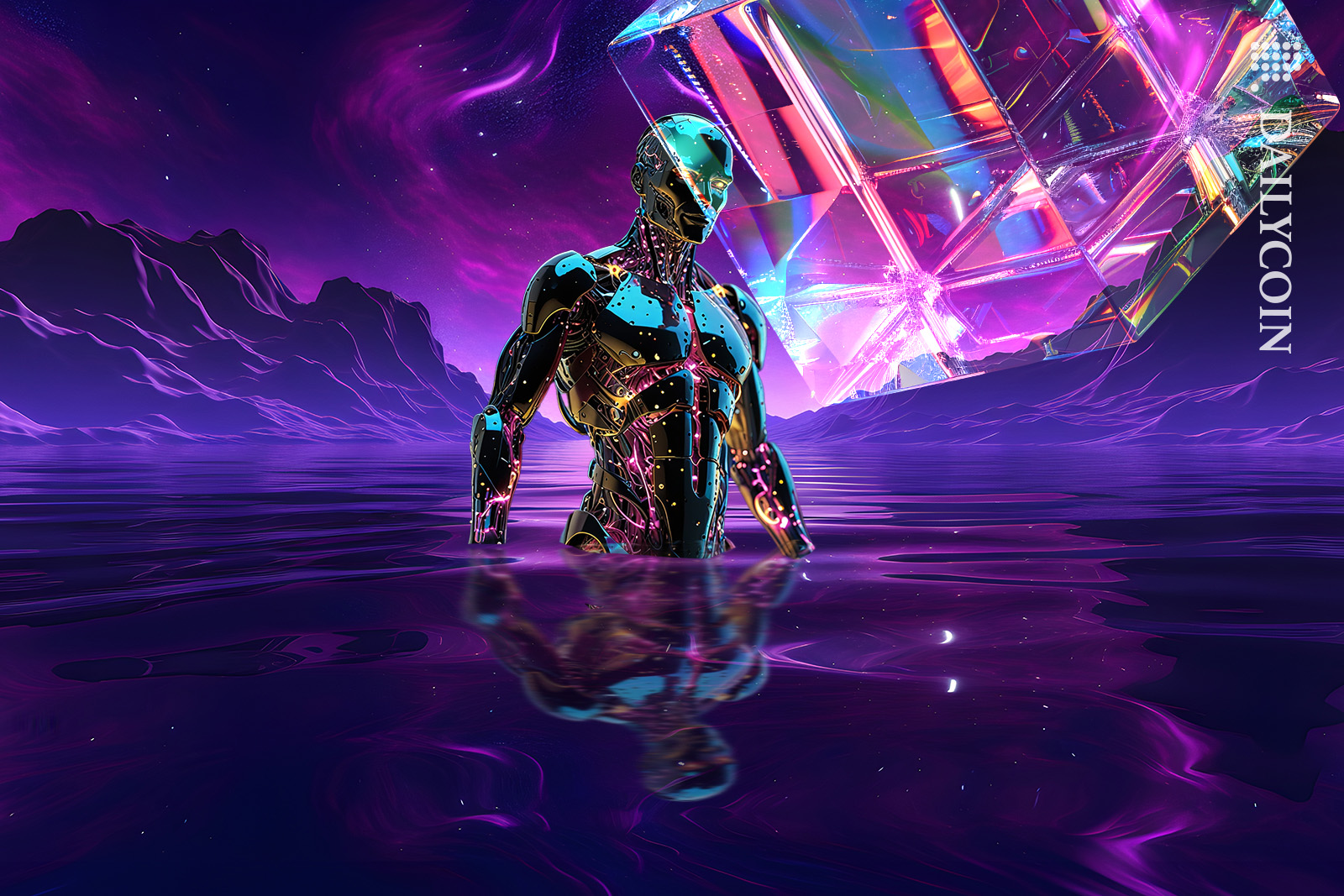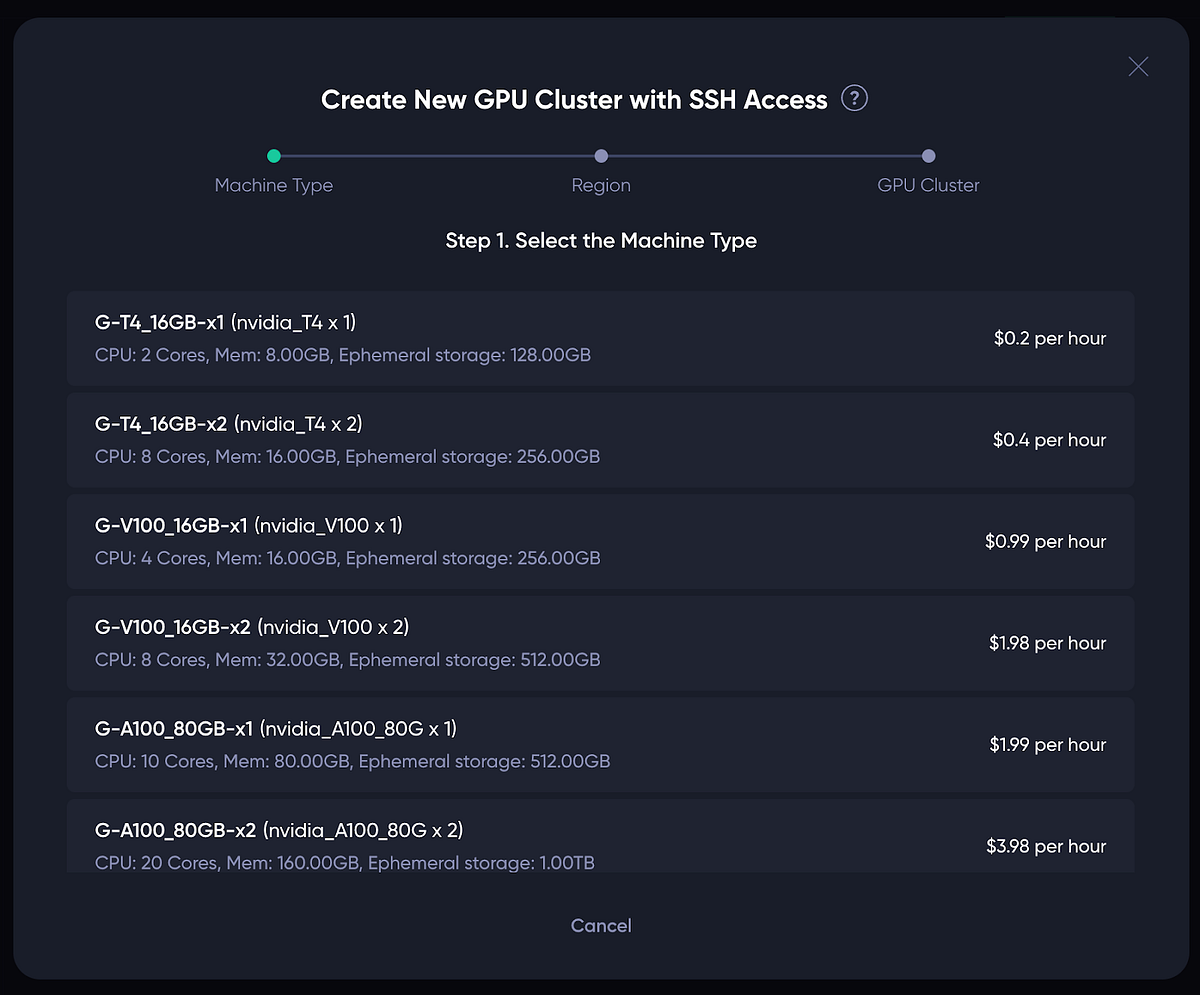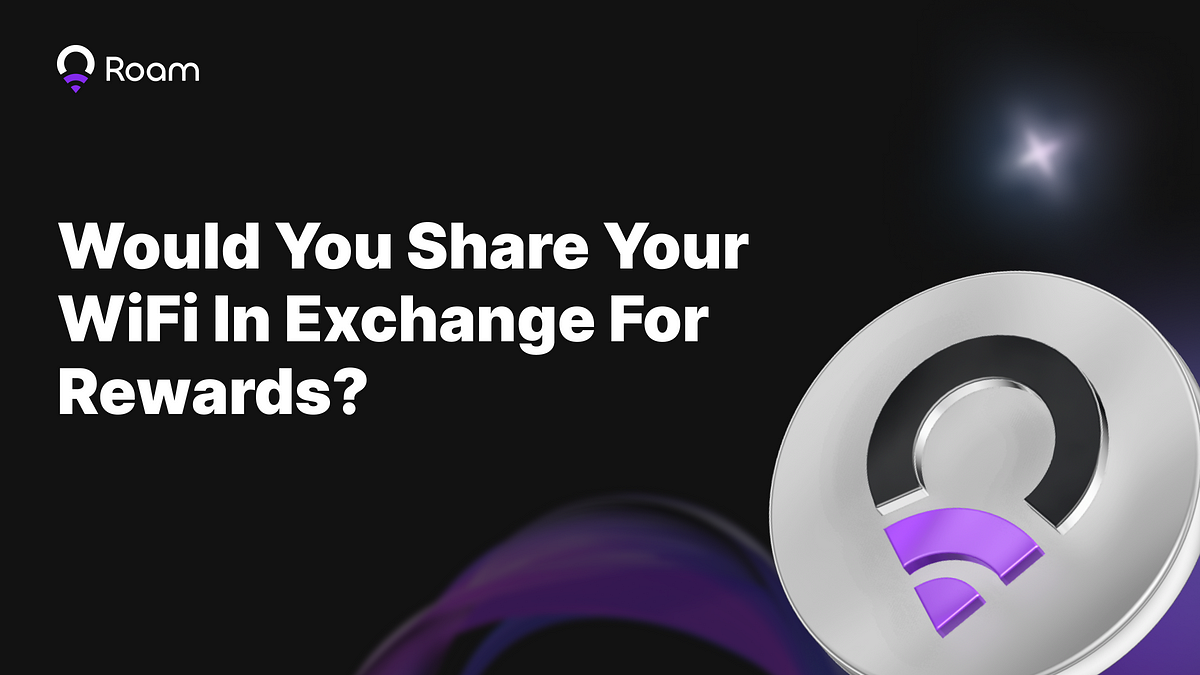CoralApp Launches AI-Driven Phone for Web3 Lifestyle
Tuesday, June 25, 2024 3:16 PM
227
CoralApp, a project incubated by Binance Labs, is launching the Coral AI Phone, an AI-driven device designed to serve as a gateway to the Web3 lifestyle. The Coral Phone integrates with the Web3 ecosystem, supporting decentralized applications (dApps) and offering a suite of features for decentralized physical infrastructure networks (DePIN). It includes a privacy-first AI assistant with in-depth Web3 knowledge, enabling users to navigate the complexities of the Web3 ecosystem. The phone also supports DeFi services, allowing users to manage investments and trade cryptocurrencies with ease. Additionally, it promotes decentralized social networks with financial benefits and on-chain gaming experiences where users can earn rewards.
Related News

2 days ago
Top Cryptocurrencies to Watch for the 2025 Bull RunAs the cryptocurrency market gears up for the anticipated 2025 bull run, investors are increasingly looking for projects that offer more than just speculative gains. The focus is shifting towards cryptocurrencies that demonstrate long-term utility and technological innovation. Among the frontrunners in this space are Unstaked, Bittensor, NEAR Protocol, and Filecoin, each showcasing unique strengths that contribute to their potential for significant growth. These projects are not only gaining traction but are also designed to deliver real-world value through their advanced functionalities.
Unstaked stands out with its innovative approach to integrating AI into social platforms. By developing AI agents capable of operating across platforms like Telegram and X, Unstaked aims to enhance user engagement and support. Currently in its presale phase, Unstaked has raised $8.2 million, with a presale price of $0.01043 and a projected launch price of $0.1819, indicating a potential return of 2700%. This focus on AI automation positions Unstaked as a strong contender for the upcoming bull run.
Bittensor, on the other hand, is redefining the AI landscape by creating an open network that rewards users for contributing computing power and AI models. With its token TAO experiencing notable price movements, Bittensor's model fosters collaboration rather than competition. NEAR Protocol simplifies Web3 development, making it accessible for developers to create user-friendly applications, while Filecoin addresses the growing demand for decentralized storage solutions. Together, these projects represent a shift towards cryptocurrencies that prioritize functionality and real-world applications, making them worthy of attention as the market evolves towards 2025.

3 days ago
Coldware: Merging Blockchain with Usable HardwareColdware ($COLD) is making significant strides in the blockchain space by merging hardware with blockchain technology. Currently, the project is in its presale phase, with only 37% of tokens remaining at a price of $0.00625. Coldware aims to create a seamless bridge between hardware and blockchain, focusing on usability rather than vague promises. By offering devices like the Larna 2400 smartphone and ColdBook laptop, which function as lite nodes right out of the box, Coldware is making it easier for users to engage with decentralized finance (DeFi) without the need for complex setups. The project is powered by the $COLD token, which facilitates transactions, governance, and staking rewards while also allowing users to create their own tokens through a unique feature called Freeze.Mint.
In the broader landscape of blockchain projects, Pi Network and Theta Network are also noteworthy contenders. Pi Network has garnered a massive user base of over 60 million, but recent turbulence in token price has raised concerns about transparency. Despite this, Pi Network is pushing forward with a $100 million fund to support new projects within its ecosystem. Meanwhile, Theta Network is focusing on decentralized video infrastructure and has recently launched an AI Model API service to enhance its offerings. While both projects have potential, they have yet to achieve mass adoption, which remains a critical factor for their future success.
Overall, Coldware distinguishes itself by prioritizing real-world usability and privacy in its offerings. Unlike many crypto projects that are still in the conceptual phase, Coldware is already delivering functional hardware and a privacy-focused operating system. With its presale ongoing and a unique approach to integrating blockchain into everyday devices, Coldware presents an attractive opportunity for investors looking to enter the Web3 space. As the market evolves, the success of these projects will depend on their ability to deliver tangible benefits to users and achieve widespread adoption.

3 days ago
Investors Shift from Pi Network and Filecoin to Coldware as DePIN Market MaturesIn recent developments within the decentralized physical infrastructure network (DePIN) sector, investors from Pi Network and Filecoin are shifting their focus to Coldware ($COLD). This transition comes after mixed results from both projects, with Pi Network facing challenges during its mainnet launch and Filecoin struggling with scaling issues. Coldware stands out by offering hardware-powered infrastructure that connects digital tokens with physical devices, such as the Larna 2400 smartphone and ColdBook laptop, which serve as nodes in a decentralized network. This innovative approach is attracting attention from disillusioned investors looking for more tangible opportunities.
The migration of investors is driven by a combination of disillusionment and strategic capital redeployment. Pi Network's prolonged delays and technical difficulties have led many holders to seek alternatives. Meanwhile, Filecoin's pioneering status in decentralized storage is being challenged by competitors, prompting its investors to diversify into next-generation projects like Coldware. With Coldware's presale approaching its $80 million soft cap, there is a sense of urgency among these experienced investors, who are eager to secure their positions before public listings.
What sets Coldware apart is its hardware-first approach, which addresses several critical issues that have hindered DePIN adoption. By creating purpose-built devices that act as network nodes, Coldware eliminates compatibility problems and provides a standardized foundation for developers. This user-friendly model allows everyday users to participate in the network without needing technical expertise. As the DePIN market matures, the shift of investors towards Coldware signals a growing preference for projects that deliver practical, real-world value over theoretical promises, marking a significant evolution in the DePIN landscape.

3 days ago
Coldware: Bridging Hardware and Blockchain for a Usable Web3 ExperienceColdware ($COLD) is making significant strides in the blockchain space by integrating hardware with blockchain technology. Currently, the project is in its presale phase, with only 37% of tokens remaining at a price of $0.00625. Coldware aims to create a seamless bridge between hardware and blockchain, focusing on usability and real-world applications. Unlike many crypto projects that often rely on vague promises, Coldware is delivering tangible products such as the Larna 2400 smartphone and ColdBook laptop, which are designed to plug directly into the ecosystem and function as lite nodes out of the box.
In the broader context of the crypto landscape, Coldware is not alone. Pi Network and Theta Network are also making their mark with unique approaches. Pi Network, boasting over 60 million users, is focused on mobile-first crypto adoption but has faced challenges related to transparency after a significant token transfer raised concerns. Despite this, Pi Network is actively investing in its ecosystem with a new $100 million fund. On the other hand, Theta Network is carving out a niche in decentralized video infrastructure, recently launching an AI Model API service to enhance developer capabilities. However, it remains to be seen if these projects can achieve mass adoption.
What sets Coldware apart is its commitment to usability and privacy. The custom operating system is designed to block trackers and minimize data leaks, offering a stark contrast to mainstream tech solutions. With its focus on delivering a plug-and-play Web3 experience, Coldware is not just targeting crypto enthusiasts but aims to appeal to a broader audience. As the presale continues, the project presents a unique opportunity for early investors to engage with a platform that is already operational and focused on real-world usability.

4 days ago
Theta EdgeCloud Launches GPU Clusters for Enhanced AI Model TrainingTheta EdgeCloud has introduced a significant enhancement by enabling users to launch GPU clusters, which are essential for training large AI models. This new feature allows the creation of clusters composed of multiple GPU nodes of the same type within a specific region, facilitating direct communication among nodes with minimal latency. This capability is crucial for distributed AI model training, as it allows for parallel processing across devices. Consequently, tasks that traditionally required days or weeks to complete on a single GPU can now be accomplished in hours or even minutes, significantly accelerating the development cycle for AI applications.
The introduction of GPU clusters not only enhances training efficiency but also supports horizontal scaling, allowing users to dynamically add more GPUs as needed. This flexibility is particularly beneficial for training large foundation models or multi-billion parameter architectures that exceed the memory capacity of a single GPU. The demand for this feature has been voiced by numerous EdgeCloud customers, including leading AI research institutions, highlighting its importance in the ongoing evolution of Theta EdgeCloud as a premier decentralized cloud platform for AI, media, and entertainment.
To get started with GPU clusters on Theta EdgeCloud, users can follow a straightforward three-step process. This includes selecting the machine type, choosing the region, and configuring the cluster settings such as size and container image. Once the cluster is created, users can SSH into the GPU nodes, enabling them to execute distributed tasks efficiently. Additionally, the platform allows for real-time scaling of the GPU cluster, ensuring that users can adapt to changing workloads seamlessly. Overall, this new feature positions Theta EdgeCloud as a competitive player in the decentralized cloud space, particularly for AI-driven applications.

5 days ago
Roam: Revolutionizing WiFi Sharing with Blockchain TechnologyIn an innovative shift towards decentralized connectivity, Roam is transforming the way users share their internet connections. By allowing individuals to contribute both private and public WiFi to a global network, Roam empowers users to monetize their unused bandwidth while providing others with reliable access to the internet. This model not only enhances connectivity but also rewards users with Roam Points, which can be converted into $ROAM or used to participate in various in-app activities, including games and exclusive events.
Security and privacy are paramount concerns when sharing internet connections, and Roam addresses these issues with a robust security framework built on blockchain technology. Users maintain full control over their WiFi sharing preferences through the Roam app, allowing them to add, edit, or remove hotspots at their convenience. The platform ensures that all connections are encrypted, safeguarding personal data for both the host and the users accessing the network. Additionally, each Roam account is assigned a unique decentralized identity (DID), further enhancing user privacy and data management.
Roam's rapid growth is evident, with over 2 million registered users and more than 3.5 million WiFi hotspots mapped globally, making it the leading decentralized physical infrastructure network (DePIN) for WiFi coverage. This expansion is fueled by a diverse user base, including students, travelers, and local businesses, who are not just consumers but active contributors to the network. By downloading the Roam app, users can easily share their WiFi and earn rewards, thereby participating in a community-driven effort to enhance global connectivity.
Signup for latest DePIN news and updates